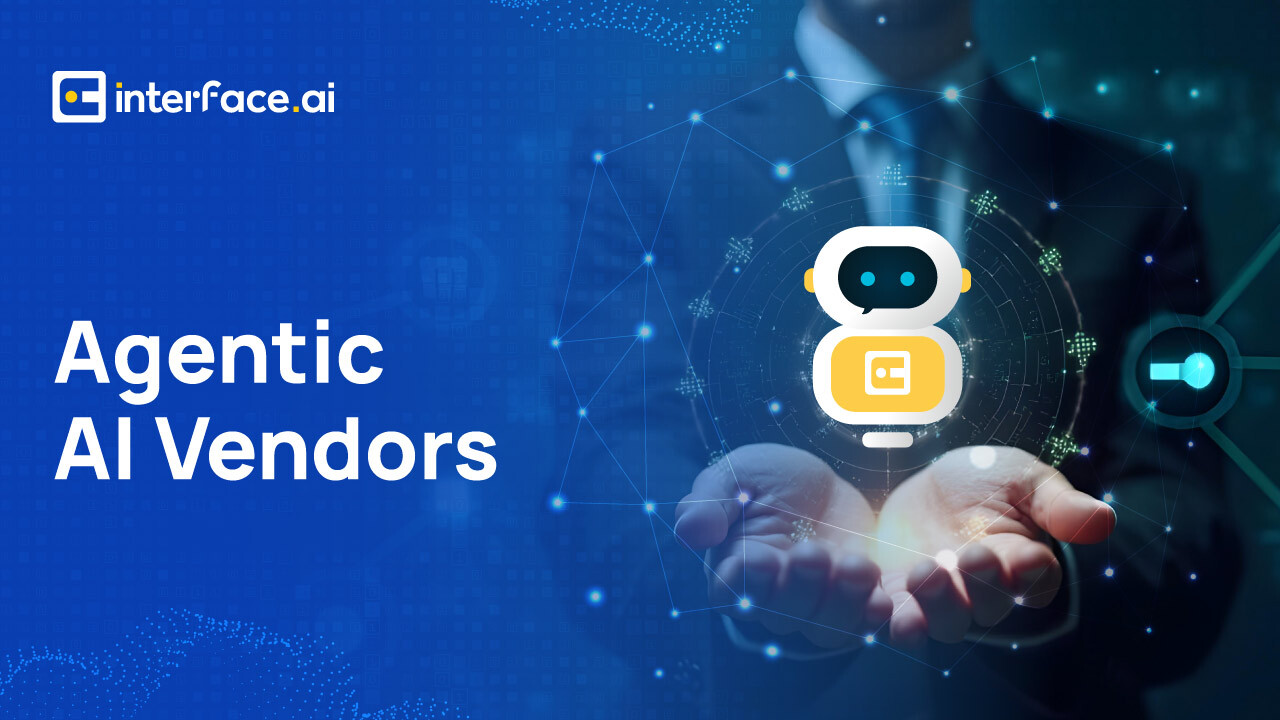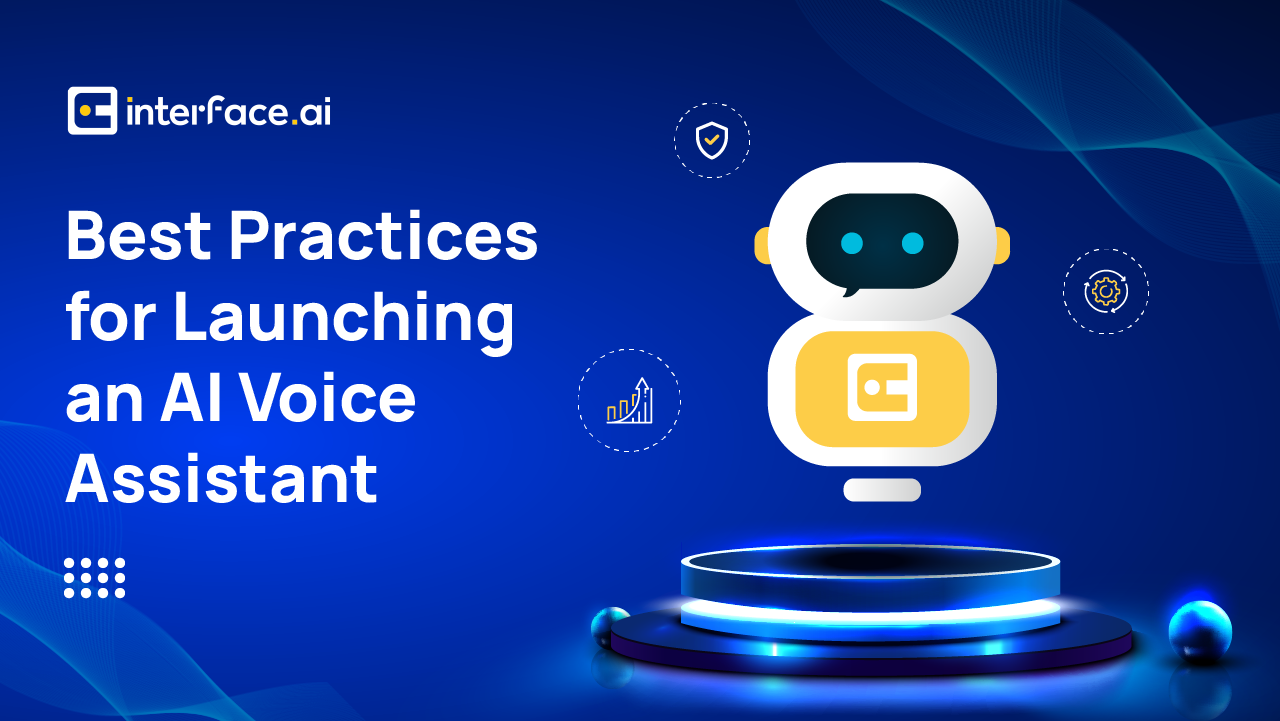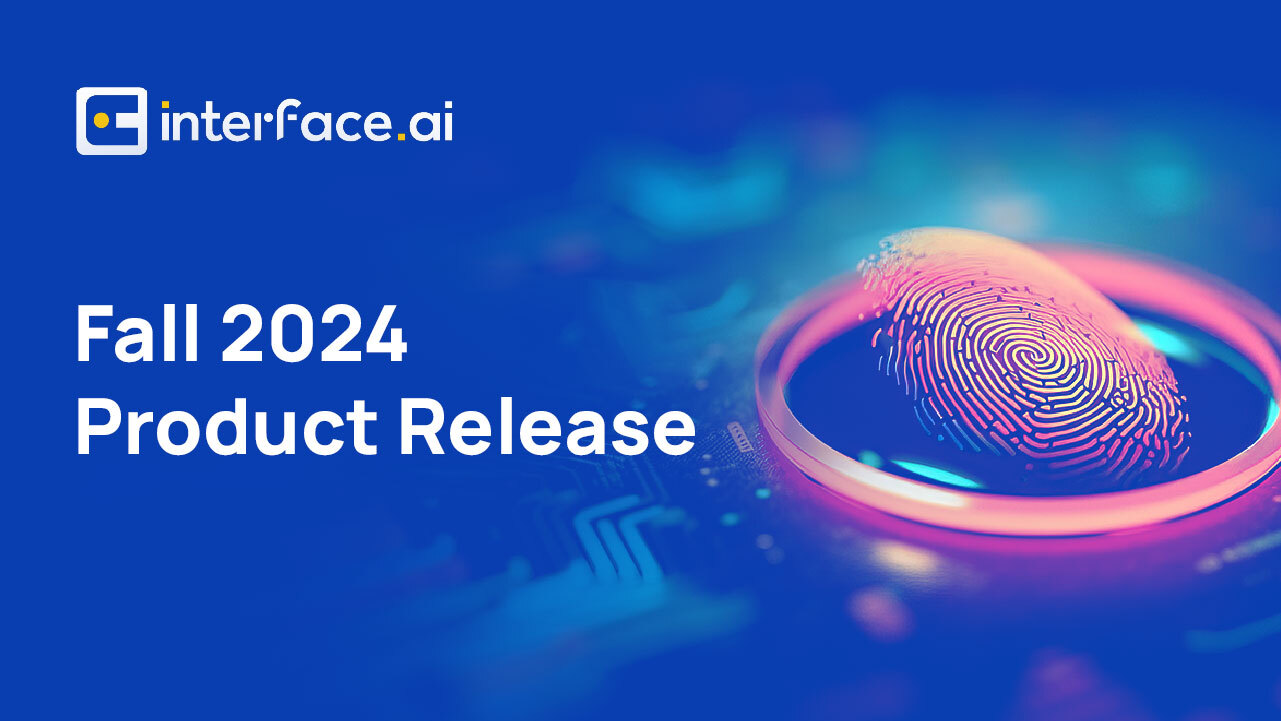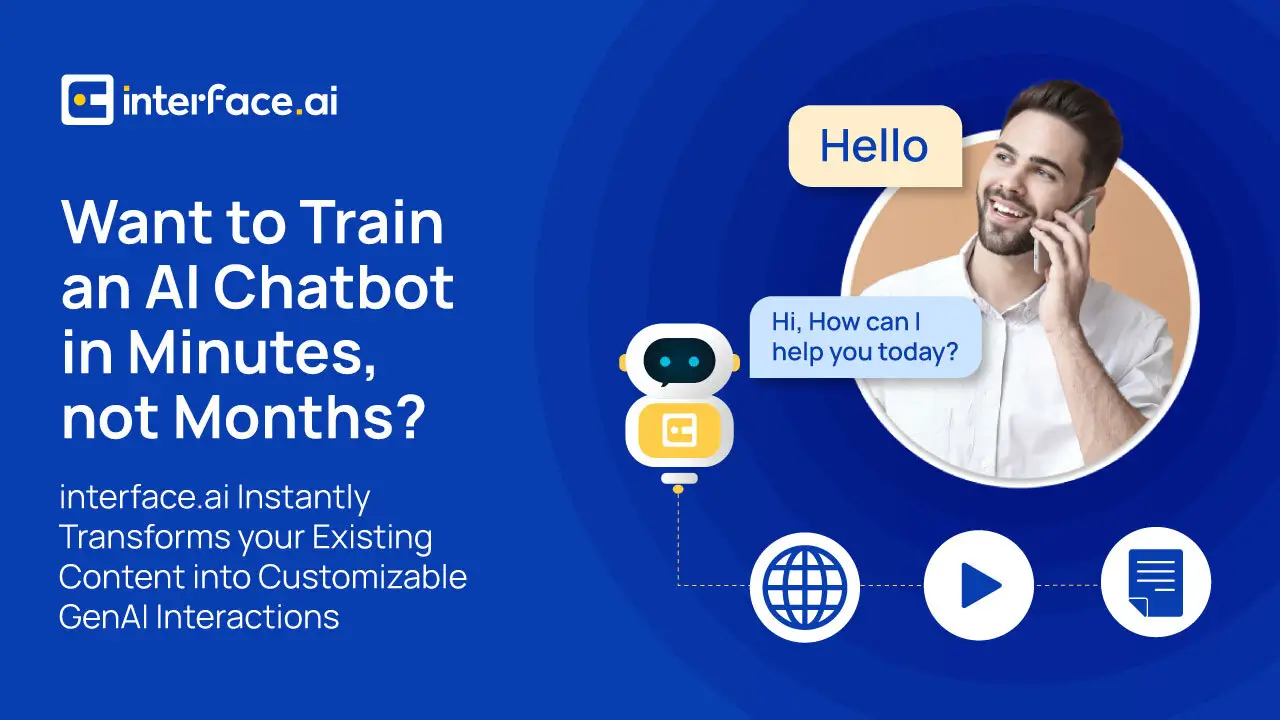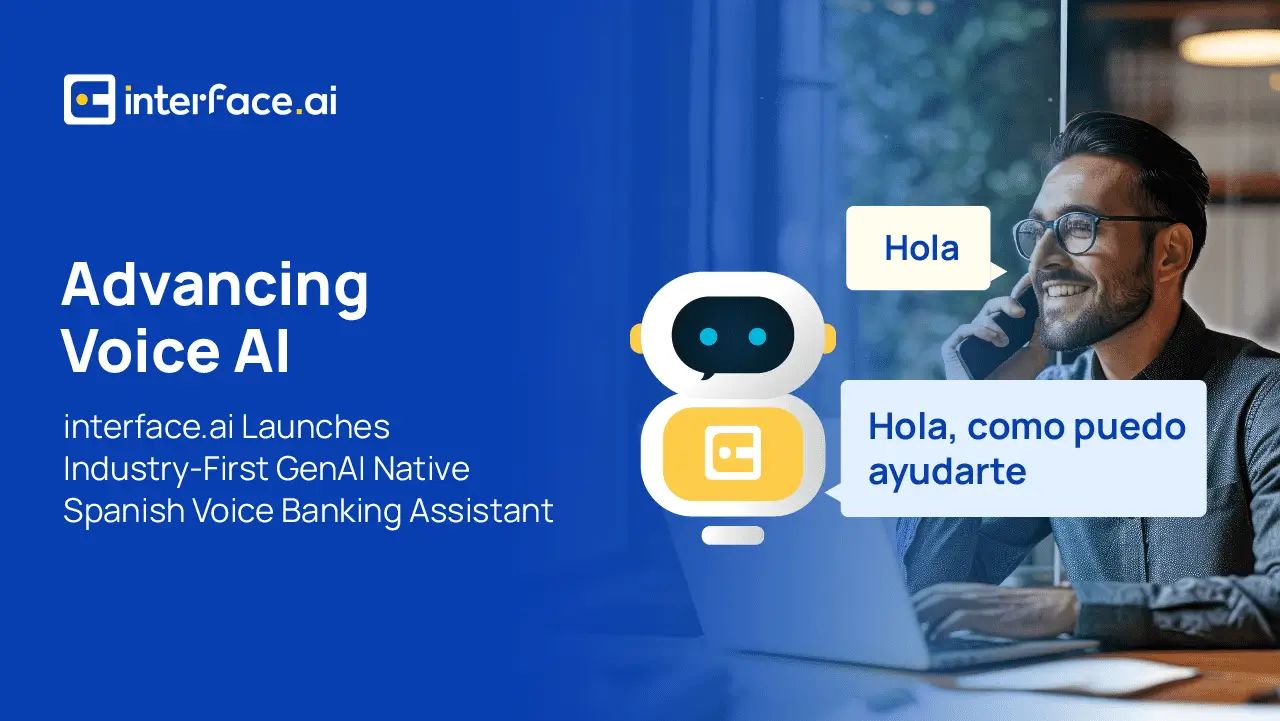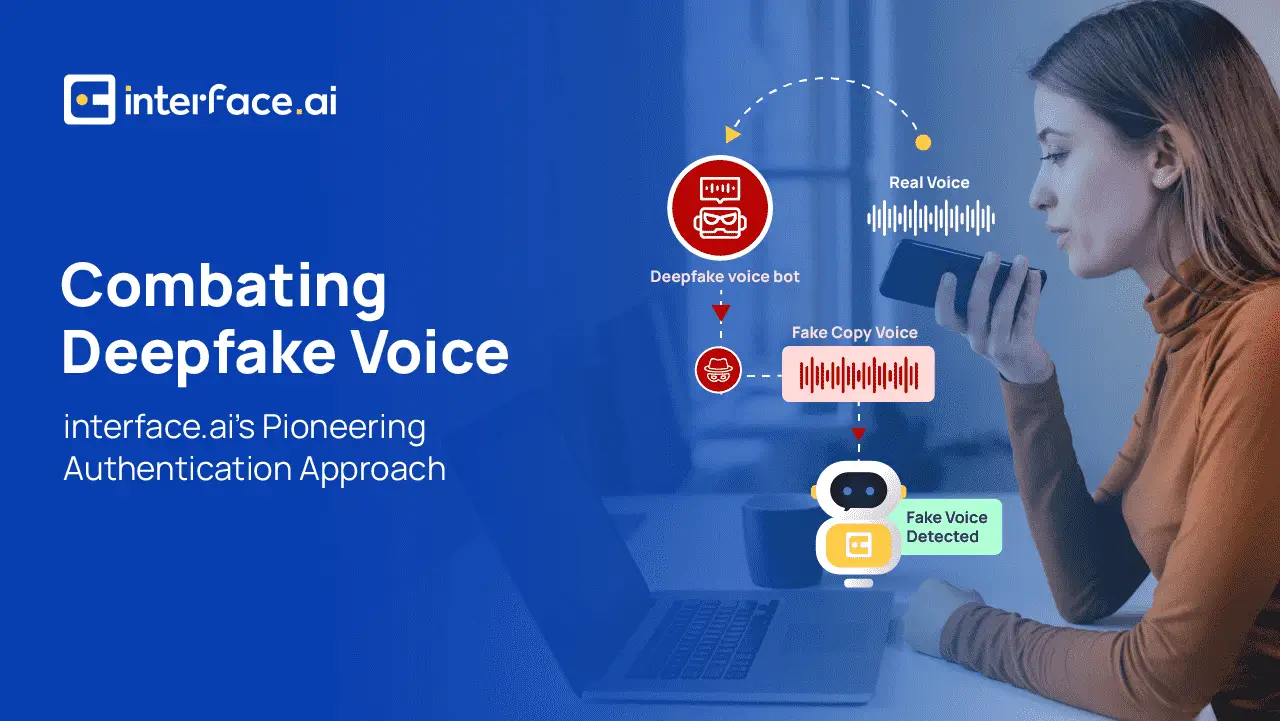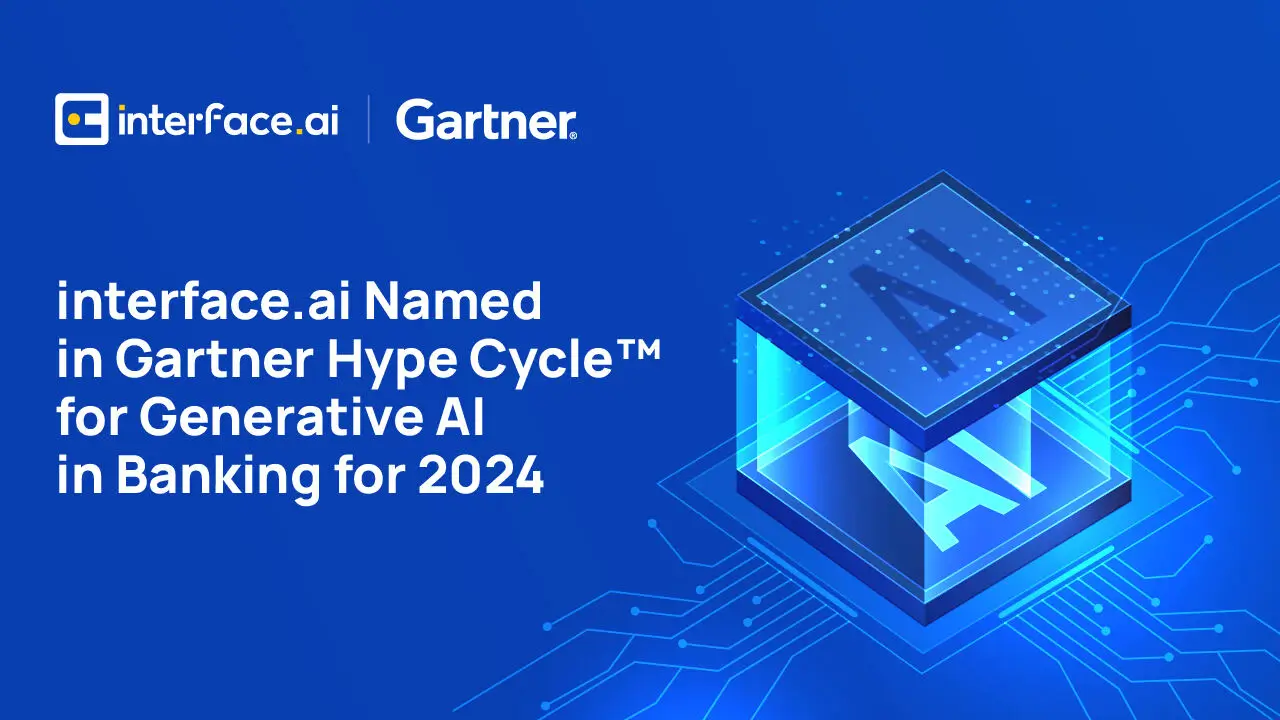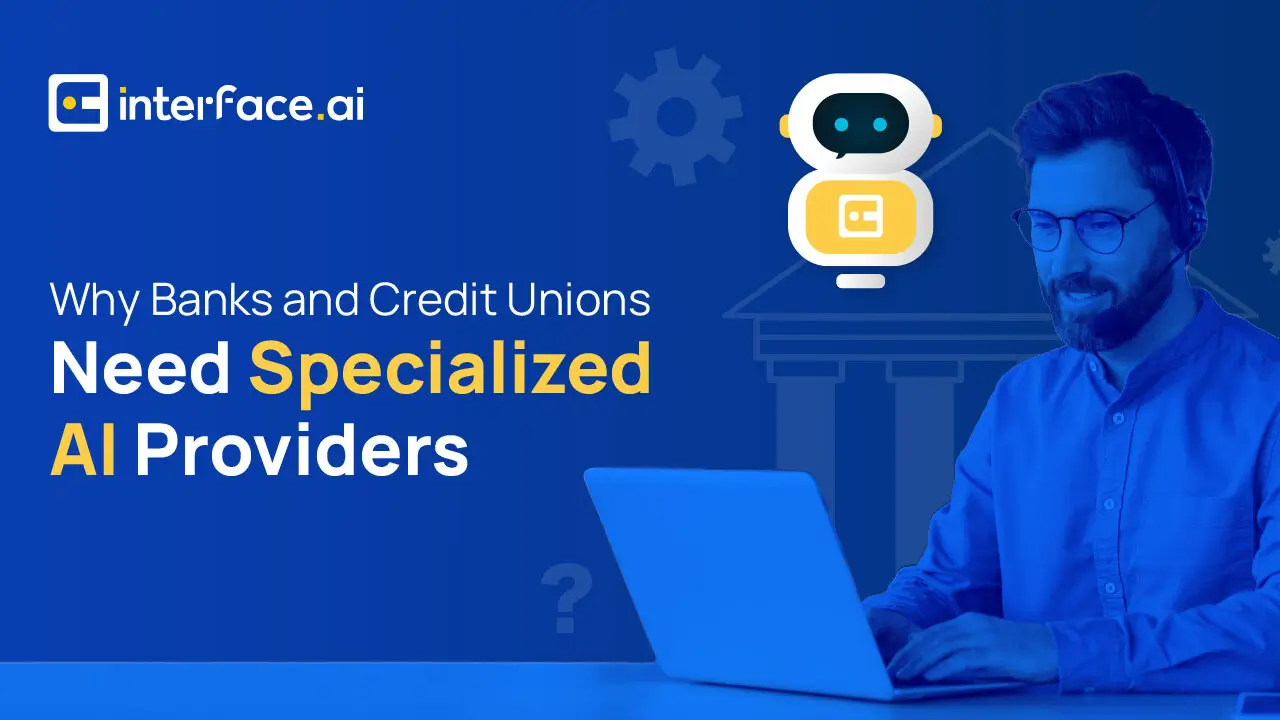
Why Waiting to Launch AI Will Hurt your Financial Institution
Waiting to implement AI isn’t just delaying technology; it’s delaying growth, customer loyalty, and operational efficiency.
76% of consumers are willing to switch banks for better digital services – a stat alone that underscores the critical needs for digital excellence in banking. AI promises to drive this transformation, offering the greatest impact across financial services.
With AI self-service, institutions can streamline operations, enhance engagement, and deliver fast, personalized support at a scale that traditional methods simply can’t reach. By automating routine inquiries, anticipating customer needs, and providing real-time insights, AI elevates the customer experience while significantly cutting operational costs.
Yet despite the overwhelming benefits of AI, many institutions are hesitant to adopt AI. 61% of community banks are “still learning and collecting information” before they choose if and how to implement AI, according to a study of senior executives in financial services by American Banker. The same can be said for 47% of credit unions.
For institutions choosing to wait, the cost isn’t just in missed innovation – it’s in lost customers and members, eroded loyalty, and competitive disadvantage. Here’s why delaying AI adoption could ultimately harm your financial institution.
1. Miss out on first-mover advantage that drives customer acquisition
Credit unions and community banks are often competing with larger financial institutions that have the resources to adopt new technologies quickly. For those that take the initiative to implement AI self-service early, there’s an opportunity to differentiate. Early adopters are often seen as forward-thinking and customer-centric, two qualities that can be powerful draws for new customers.
With AI self-service, these institutions can establish a reputation for innovative, accessible, and efficient service. This first-mover advantage is especially compelling in community-focused organizations, where the ability to provide exceptional service helps to build loyalty. By setting the standard with AI-driven, seamless self-service, these institutions can attract new customers who are seeking a modern, efficient banking experience. This advantage becomes a lasting asset, positioning the institution as a leader in technology and customer care.
2. Customer expectations are already shifting – and they won’t wait for you
Recent studies show that 65% of consumers switch banks due to poor customer service,and 40% of banking customers say they would change institutions for faster, more efficient service. In this competitive landscape, forward-thinking institutions are meeting these demands with AI self-service, offering instant, personalized, and round-the-clock support that meets, and even exceeds, their expectations.
For community banks and credit unions that delay AI adoption, the cost isn’t just missed innovation – it’s potentially lost customers. With limited service hours and longer wait times, relying on traditional support models risks frustrating customers who want fast, accessible service. AI self-service helps prevent this by instantly handling routine questions and needs, keeping customers engaged and loyal. For credit unions and community banks, where loyalty is central to growth, each day without AI increases the risk of customer churn.
3. Missed learning curve means higher long-term costs
For any financial institution, adopting AI self-service is a journey that involves learning and improvement. Early adopters have the advantage of time to refine their systems, make adjustments based on feedback, and ensure that their AI technology operates at peak efficiency. For those who delay, they will miss out on this gradual learning process, which can lead to higher long-term costs when AI is eventually implemented.
Delaying AI often results in a rushed rollout, especially if it’s done in response to pressure from more advanced competitors. A hurried deployment can lead to a range of issues – from system errors to staff training challenges – that make the technology harder to integrate smoothly. For institutions already working with limited budgets and resources, this can be a costly mistake. By adopting AI earlier, institutions can phase in improvements over time, lowering the chances of costly missteps and creating a more reliable, refined self-service experience.
4. Employee retention and talent acquisition will get even harder
AI self-service doesn’t just elevate the customer experience; it fundamentally transforms the employee experience as well. By handling routine, repetitive tasks, AI frees up employees to engage in high-value, complex member interactions that bring deeper satisfaction and a stronger sense of purpose to their roles. In contrast, delaying AI adoption can result in higher turnover rates and make it harder to attract new talent, as employees remain bogged down in monotonous tasks that offer limited growth and engagement.
Adopting AI early enables financial institutions to foster a dynamic, fulfilling work environment that appeals to top talent looking for member-focused, impactful roles. AI also alleviates workload pressures, reducing burnout and enhancing job satisfaction—key factors for retaining skilled employees. Rather than viewing AI as a disruptive force, employees experience it as a supportive tool that helps them excel in their roles and deliver exceptional service.
With this forward-thinking approach, institutions position themselves as attractive employers who prioritize both customer experience and employee well-being, leading to a stronger service capability and a competitive advantage in recruiting and retaining high-quality talent.
The solution
Waiting to implement AI self-service isn’t just delaying technology adoption – it’s putting off opportunities to increase customer satisfaction, streamline operations, and stay competitive in a fast-evolving industry. In a world where expectations for speed and convenience are only growing, credit unions and community banks that delay AI adoption risk losing ground to competitors.
At interface.ai, we understand that the path to AI adoption is unique for every credit union and community bank, and we’re here to support you at every stage. Our approach begins with a deep understanding of your institution’s specific needs and goals. We guide you through each phase—from planning and integration to training and optimization—ensuring a smooth, supportive transition.
Our AI solutions are designed with adaptability in mind, integrating seamlessly with core banking systems to avoid disruption. Through our voice, chat, and copilot AI tools, we help relieve operational burdens, allowing your team to focus on meaningful member interactions. And because we know that effective change requires support, we offer continuous guidance, regular performance reviews, and dedicated support to address any challenges or questions.
By partnering with interface.ai, you’re not just adopting AI; you’re gaining a trusted partner who is invested in your institution’s success. To learn more about our AI expertise in financial services, book a chat with our team.
Discover the Latest Insights on Interactive Intelligence for Banking Newsletter
Join the newsletter to receive the latest updates in your inbox.
